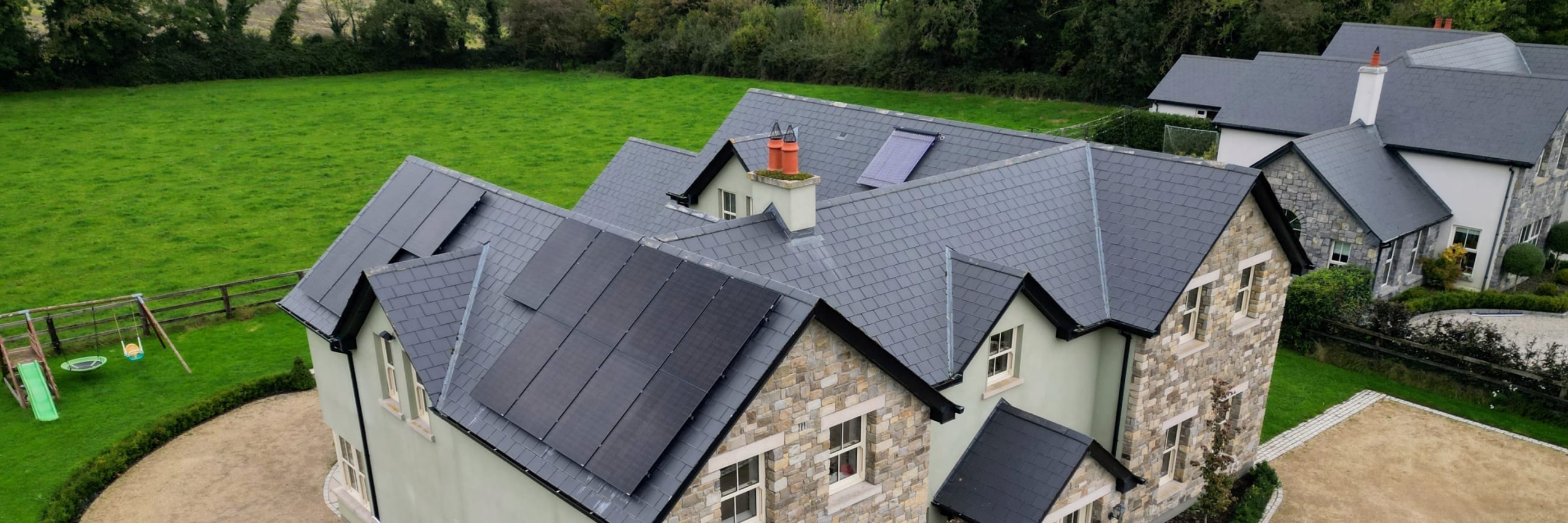

Then our solar panels cost calculator is designed for you.
You see how many solar panels might fit on your roof, how orientation affects the output, how much electricity you can expect per year from solar and more.
You can call or message us any time, and we'll gladly do all the numbers for your house. This is just a tool that we built for those who wish to have a play themselves.
We've prefilled this with a 12-panel array in a 6 x 2 layout to get you started, which is one of the most common solar installation sizes. We've also popped in all the other standard numbers for Ireland.
Adjust any figures you like and see the outputs adjust automatically. Happy designing.
In 2025, the SEAI grant maximum grant value for domestic solar installaions is €1,800 (for systems 4kWp or above). More about domestic solar grants...
This roof footprint area is based on measuring horizontally at ground level. Much easier to measure than getting your ladders out!
For comparison: the yearly average household consumption in Ireland is 4513 kWh (source: SEAI )
Use the Solar Calculator to update these totals | |
Your key figures: | |
| Roof footprint required: | |
| System size: | |
| Annual units generated: | |
| Annual CO2 emissions saved: | |
| SEAI Grant: | |
| Annual bill savings: | |
We have purposely over-simplified this to make it a bit more usable. The tools we use to produce solar quotes, are much more sophisticated and take many more factors into account.
That said, this tool covers all the major factors you'll need for a good indication of various aspects, such as the effects of roof slope, panel orientation, location, and similar factors when calculating potential solar electricity generation and savings on your electricity bill.
Solar panels typically cannot be installed right up to the edge of your roof. Some space must be left around the panel array.
There must be a 50cm space between the edge of your panels or any open edge on your roof. If your house is semi-detached or on a terrace, you do not need to leave this space on the adjoining side. You can go right up to the dividing wall of any neighbouring property.
There must be a 20cm space between the top of the panels and the ridgeline and a 50cm space between the bottom of the panels and the edge of the roof.
A typical roof slope here in Ireland is 25° to 30°
An easy trick to measure roof angle is to use your phone. On an iPhone or Android phone, you can open Google, type "spirit level", then put the edge of your phone against the inside of your roof, and it will show you the angle.
A quick way to check roof angle: Google search "spirit level", then hold your phone against the beam. Works on Android and iPhone, no app required.

Our solar calculator gives you the horizontal distances required instead & the footprint of your roof. We've done the trigonometry for you.
The footprint is much easier to measure than the distance down the slope of your roof. Measure the horizontal distance at ground level, from below your ridgeline to below the guttering. Check that measurement in the calculator, and you'll get a good idea of how many panels will fit on your roof.
Another easy way to measure the footprint of your roof is on Google Maps.
Using the satellite view (located at the bottom-left of Google Maps).
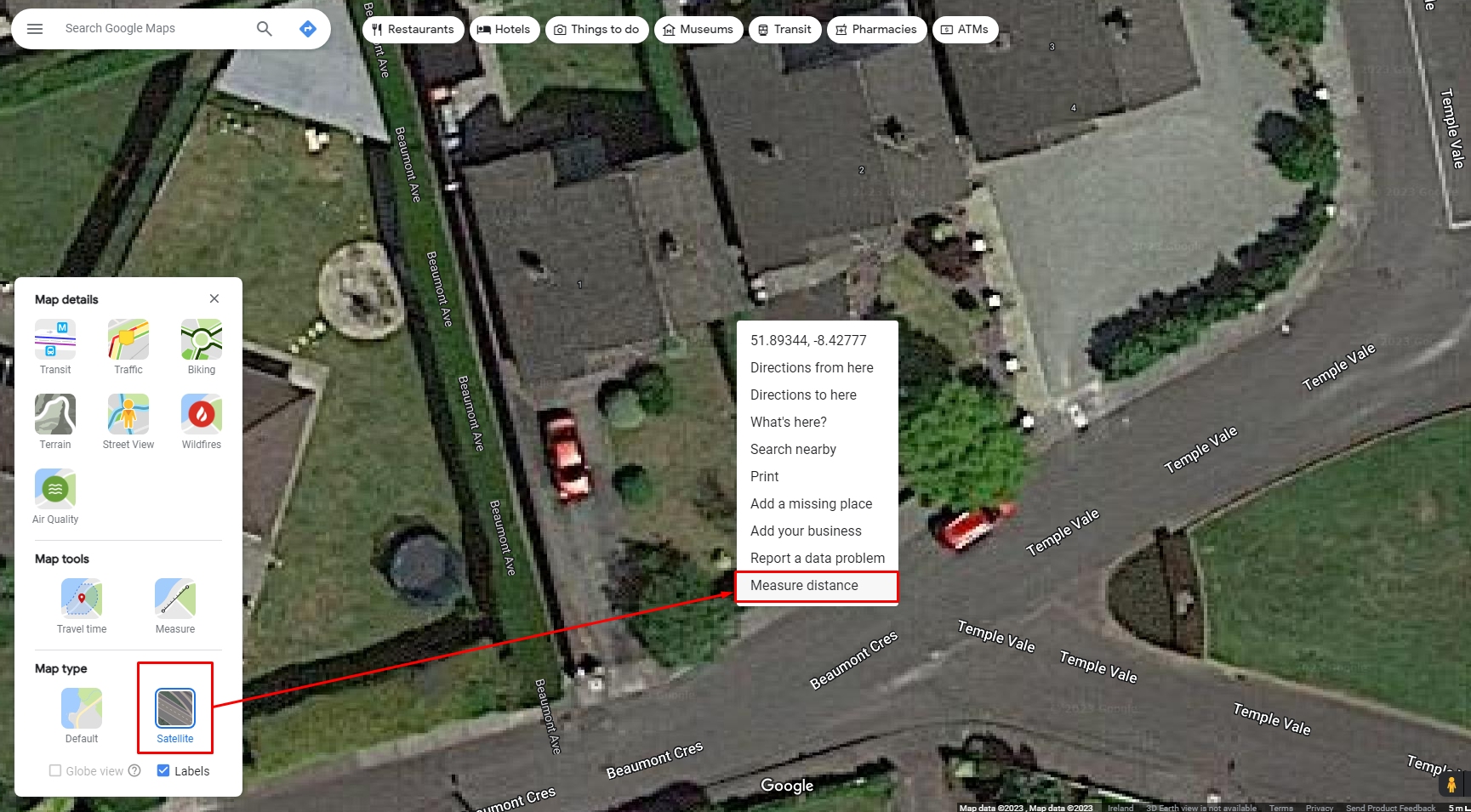
Right-click on one end of your roof, then click on "measure distance", and click on the other end. This will give you the distance between the two points.
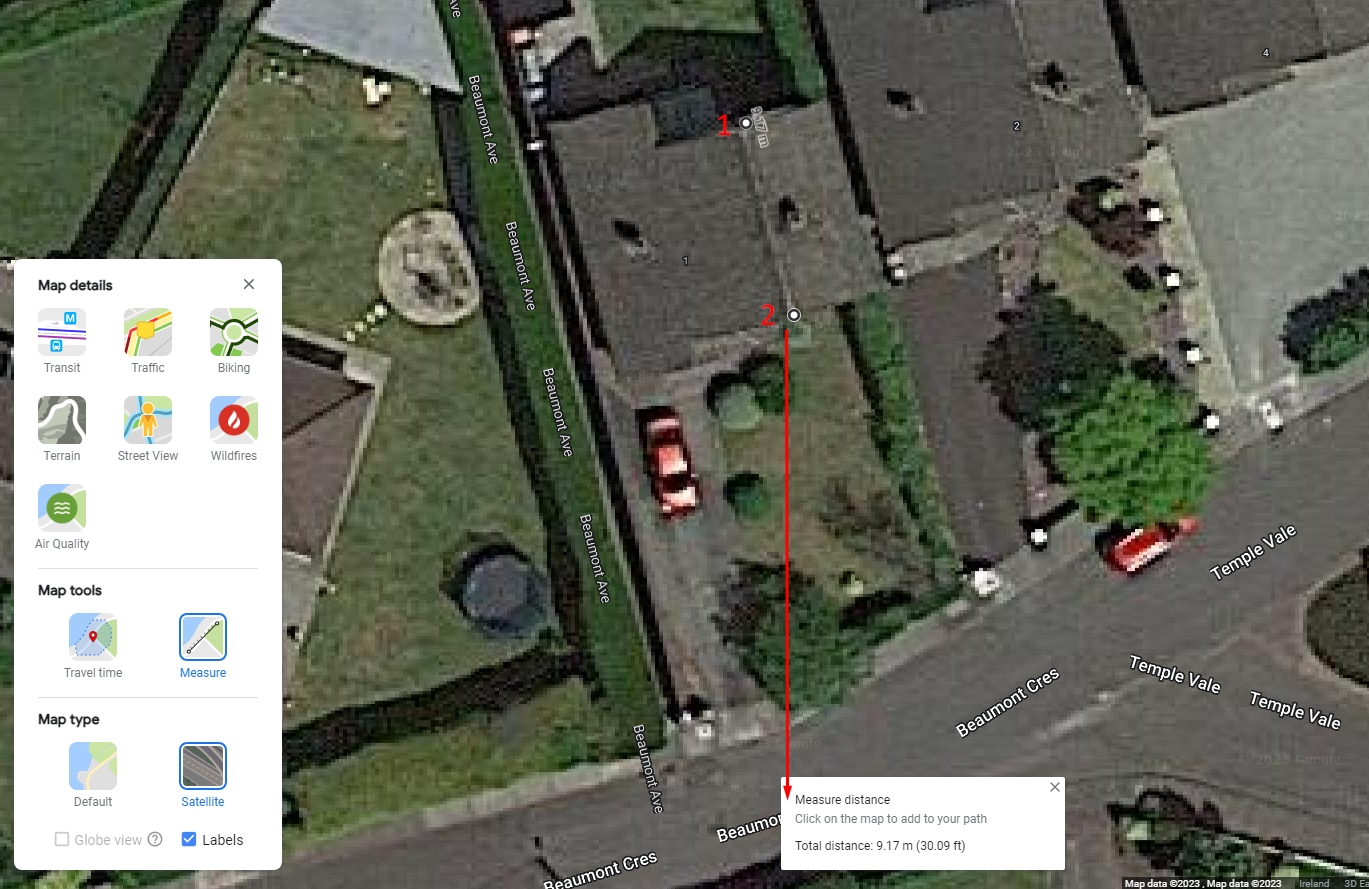
In this case, the distance between point 1 and point 2 measures 9.17 meters, or 30.09 feet. In our experience, this is fairly accurate, usually within 10 or 20cm.
Solar panels are generally rated by their watt peak (Wp) value. When someone refers to their "440 panels", it typically means those panels have a watt peak power output of 440.
A 440 Wp panel would produce 440 W of power under perfect conditions. The "peak" value represents the maximum output the panel can achieve. Don't worry, our calculations account for less-than-ideal conditions in their predictions.
440 Wp is the typical power rating for our panels, but feel free to adjust this number if you're considering different panel sizes.
Based on your Eircode and a few other bits of information from you, we will send you a free initial quote and design proposal. Using satellite imagery of your house, we can generate a pretty accurate design including price, electricity production forecasts, what grant you might get and how long it will take for your PV system to pay for itself. All we need from you is this quick and easy form.
The next step is for one of our engineers to come and view your property. They will discuss everything with you in detail, and will inspect everything from your roof to your electrics. Based on this, we may make some improvements to your design to make sure it fits your exact needs.
Within a day or two, we will send you a full system design proposal along with a finalised quote. Your solar engineer will follow up to go through everything with you and answer any questions you may have.

An overview of the factors to consider when deciding if solar is the right financial choice for you.
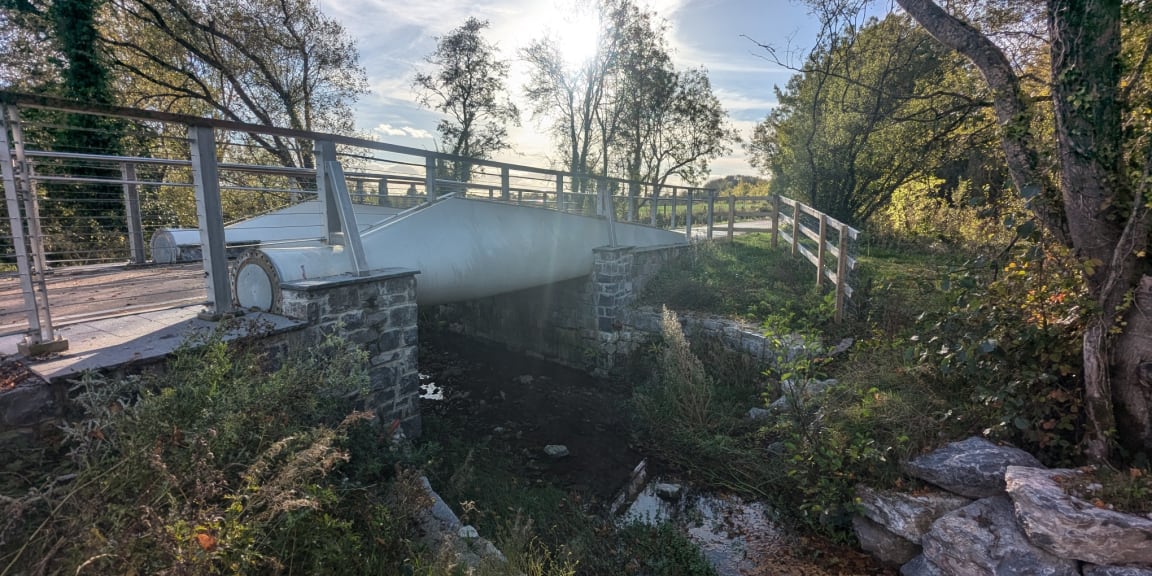
Our visit to a bridge made using repurposed wind turbine blades in County Cork.
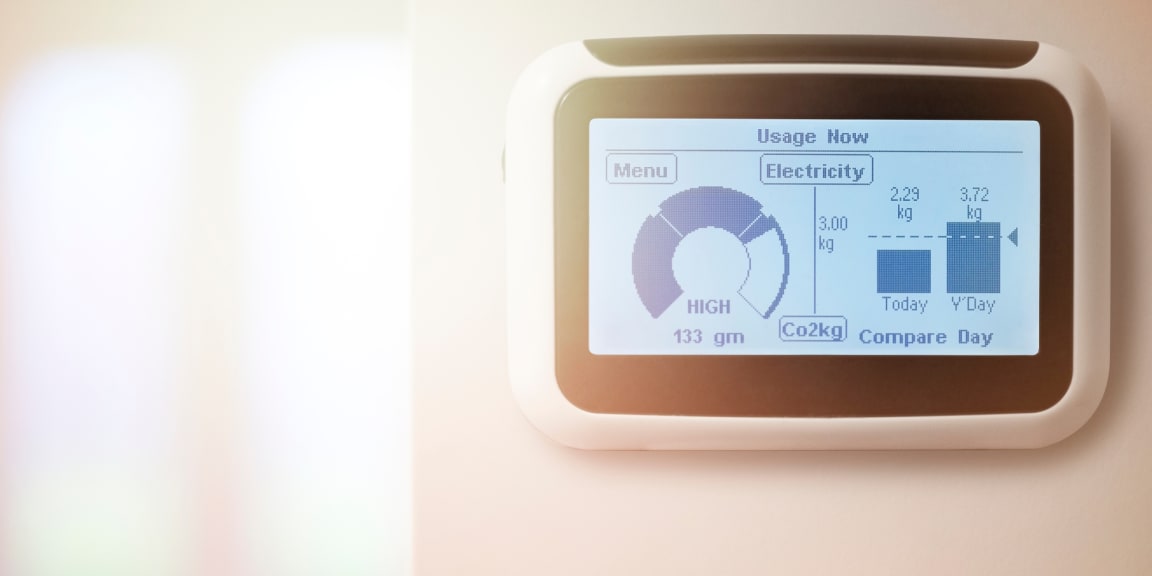
The best return-on-investment ways to reduce your carbon footprint.
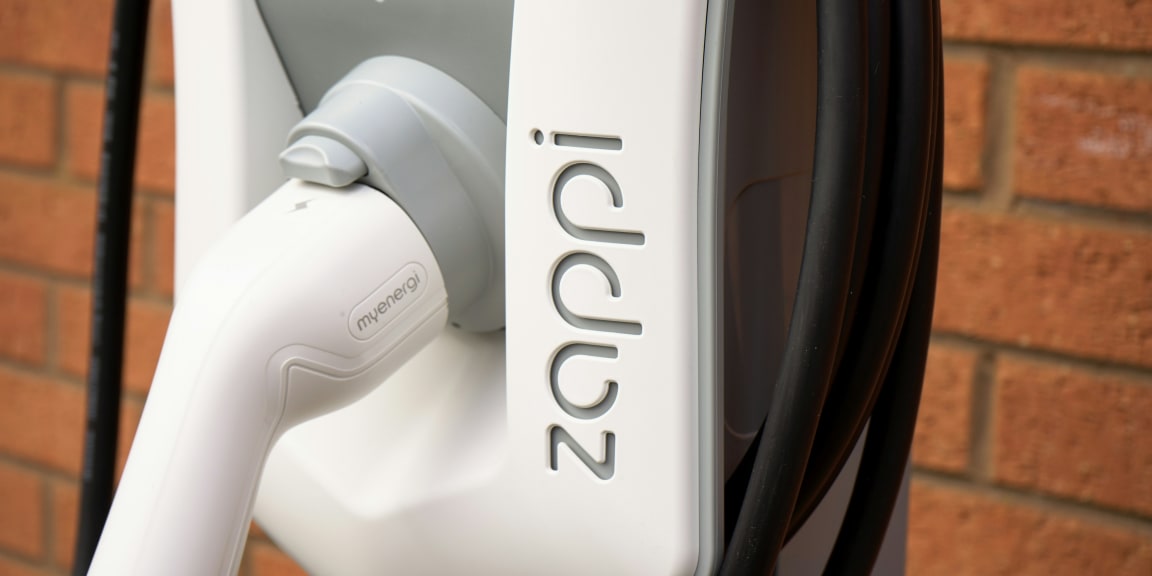
How to charge your electric car using energy from your own solar panels.

Ireland's path to a greener future: embracing circular living for lasting sustainability.
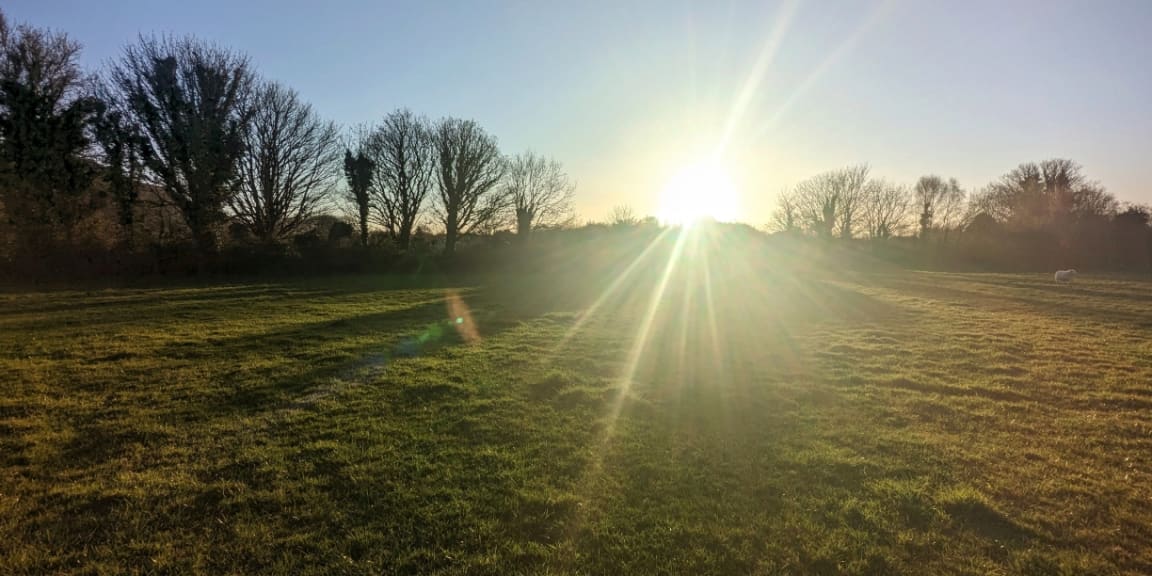
We ranked Ireland's best and worst counties for solar power output.
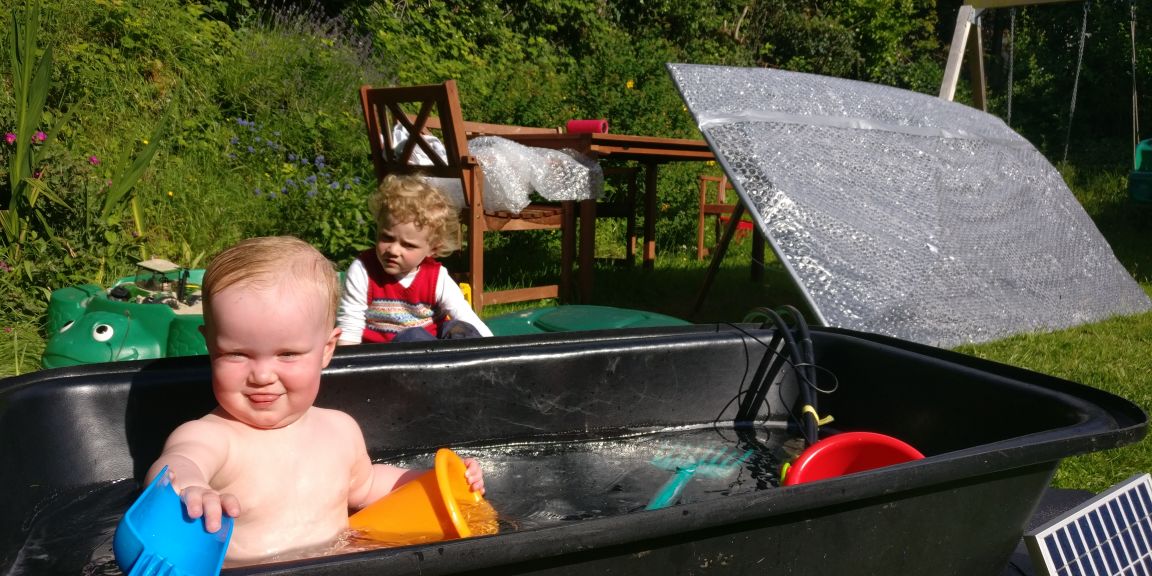
How to build your own solar panels to heat a hot tub or paddling pool at home.
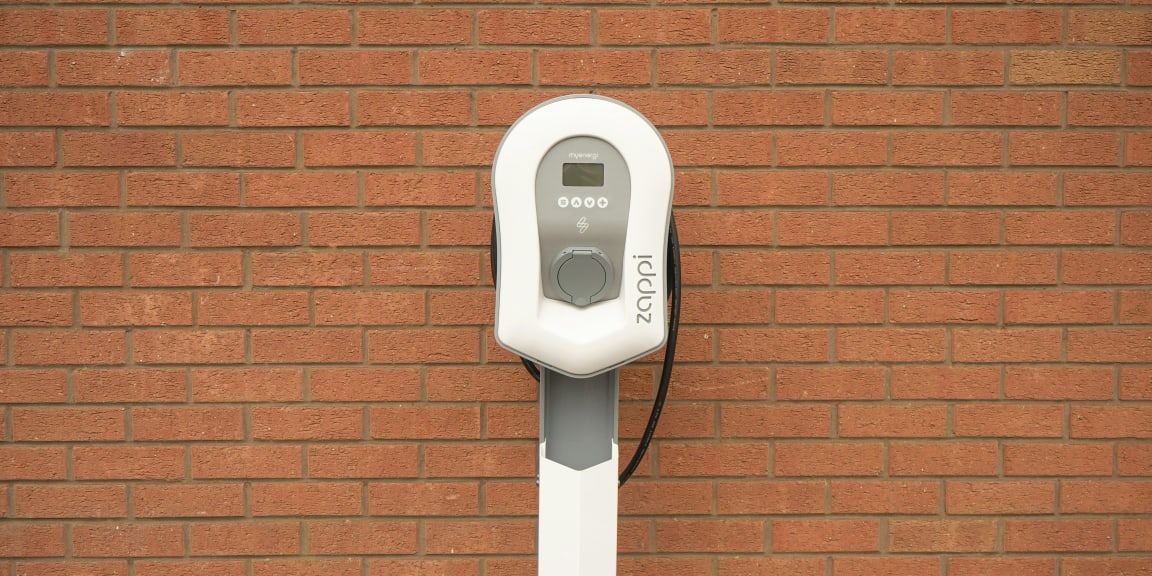
Everything you need to know about electric car chargers, pros and cons.

One simple change for you, a significant carbon saving for Ireland, and financial rewards for you.

How to make money by selling your excess solar electricity back to the grid.
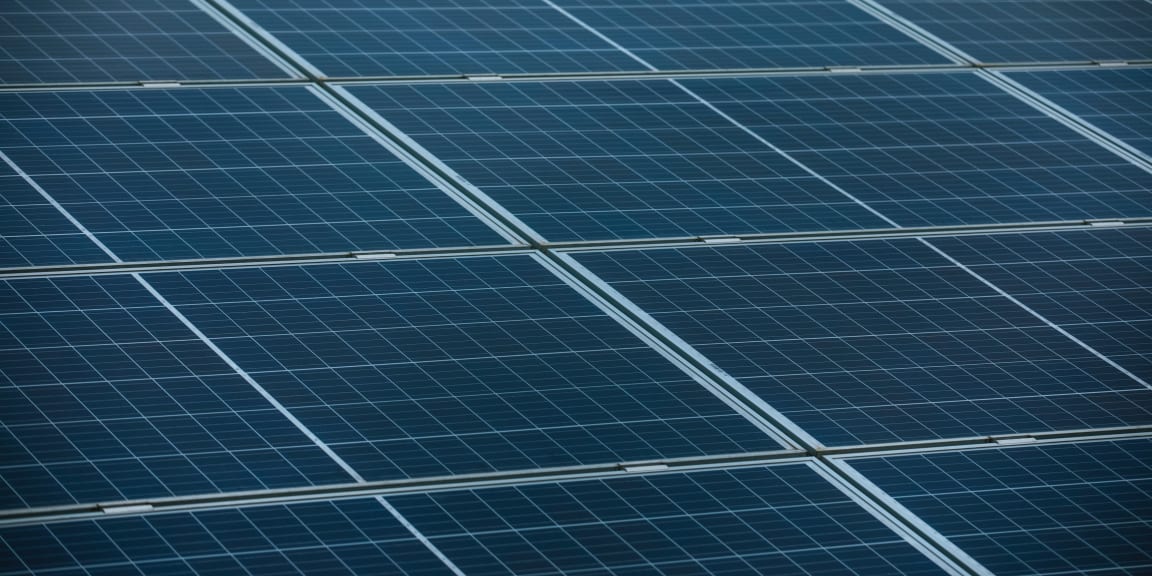
We're giving away all of our 2024 profits to good causes in Ireland.
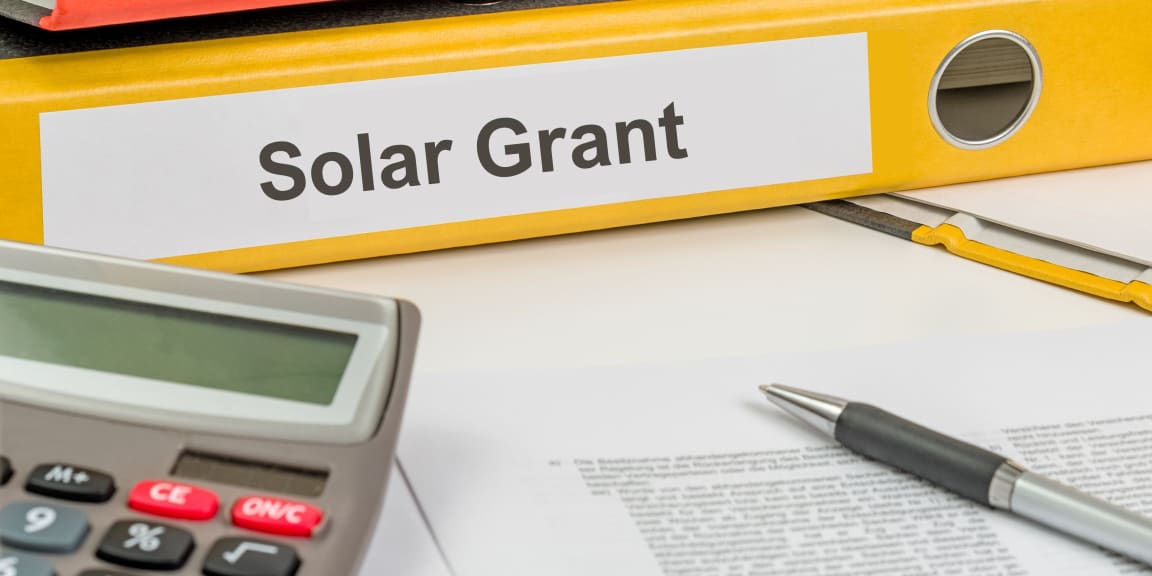
The definitive guide to solar grants [2025]. What you get, how to apply, and more.
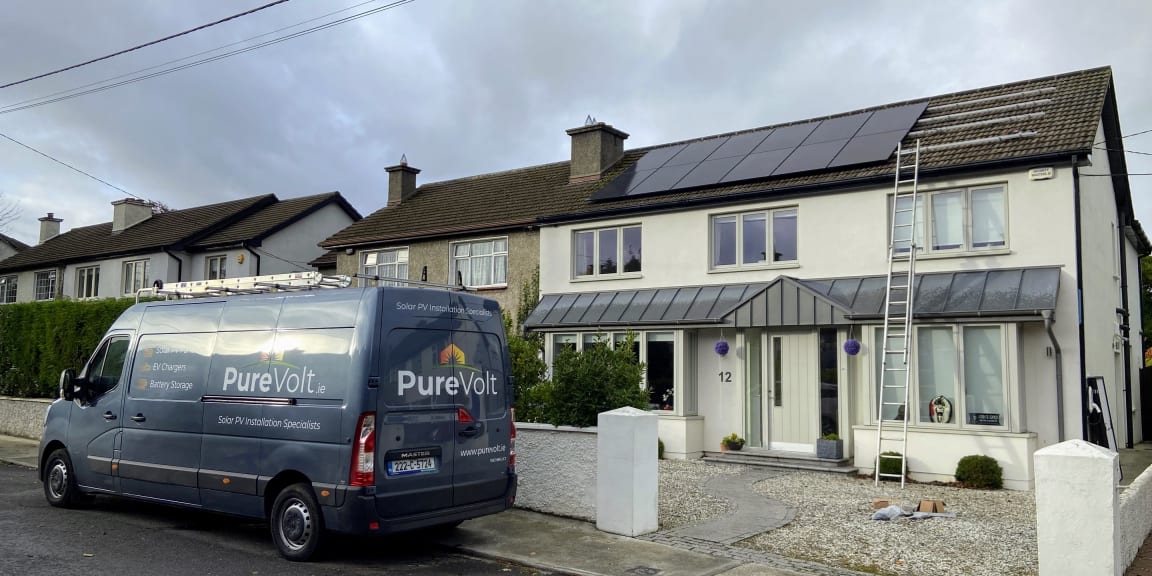
Enjoy savings on solar by teaming up with your neighbors for a group-buy in your area
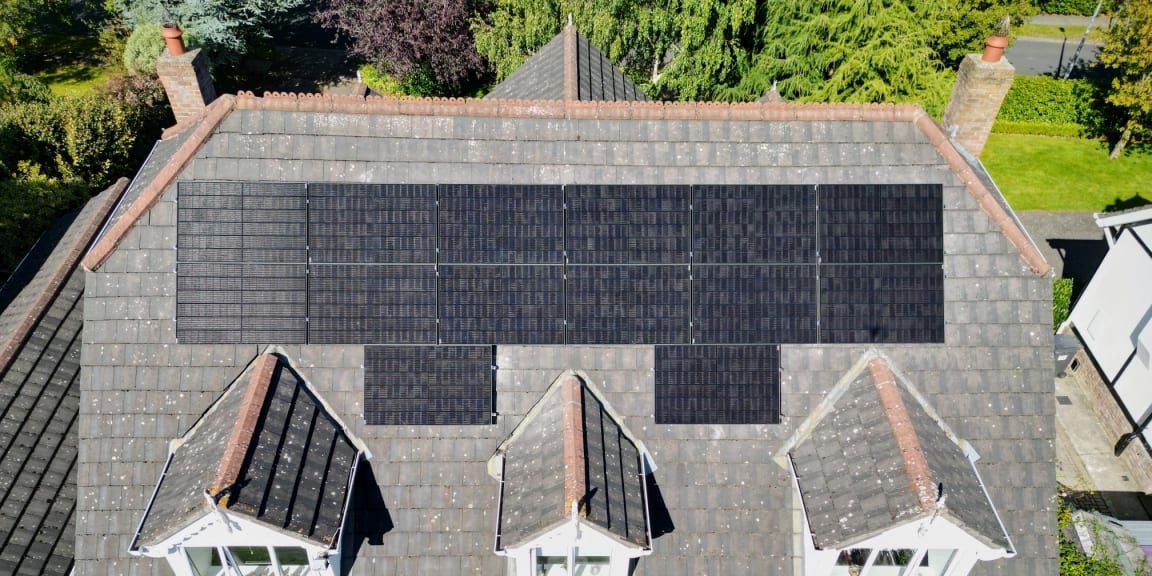
A very geeky history of solar panels and their usage in Ireland
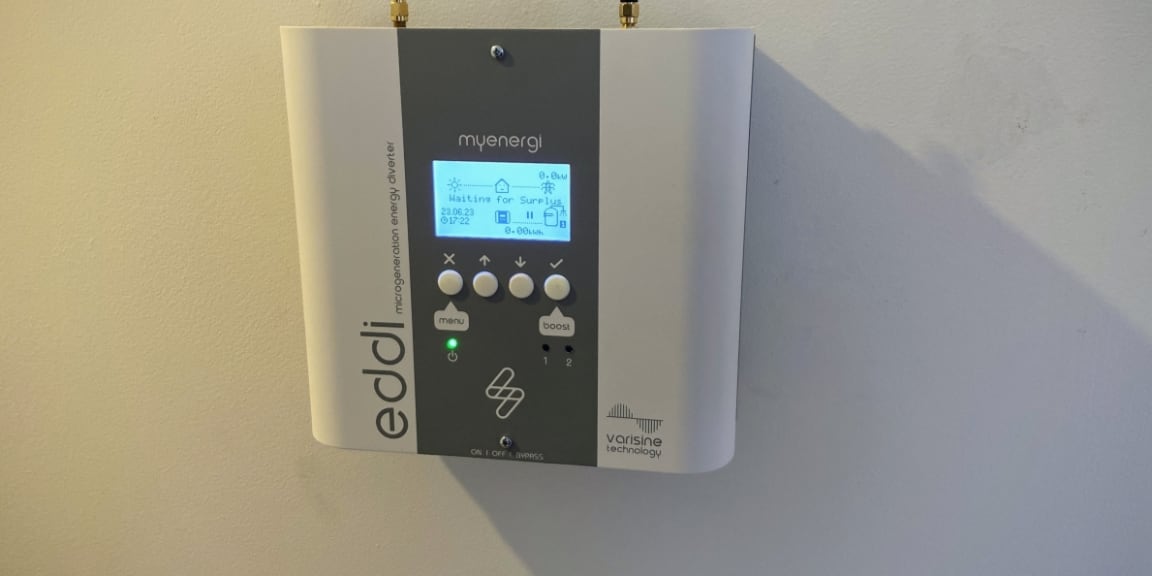
What are solar immersion diverters, and are they right for your home?
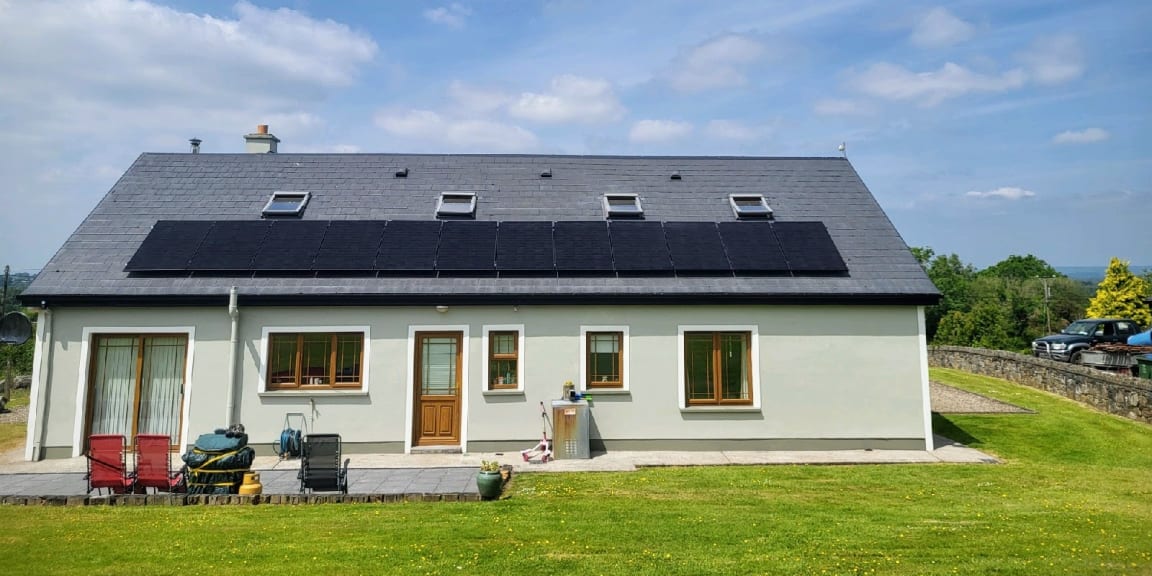
Not all homes are right for solar. Here's how to know if yours is one of them.

Using real data to highlight Ireland's progress toward a sustainable future.
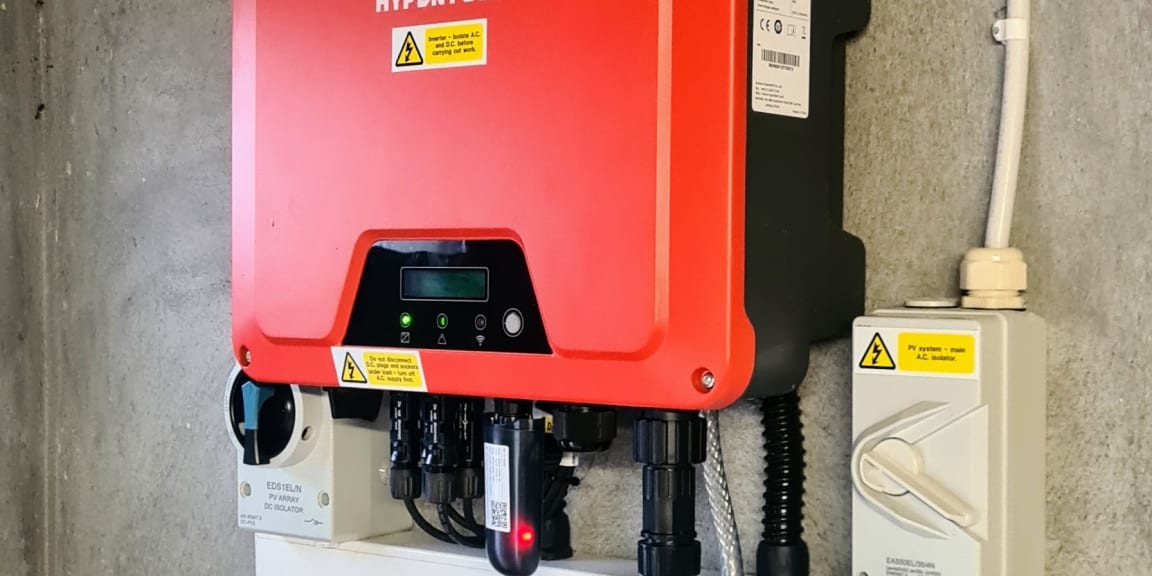
Solar PV components explained. The must-haves and the added extras.
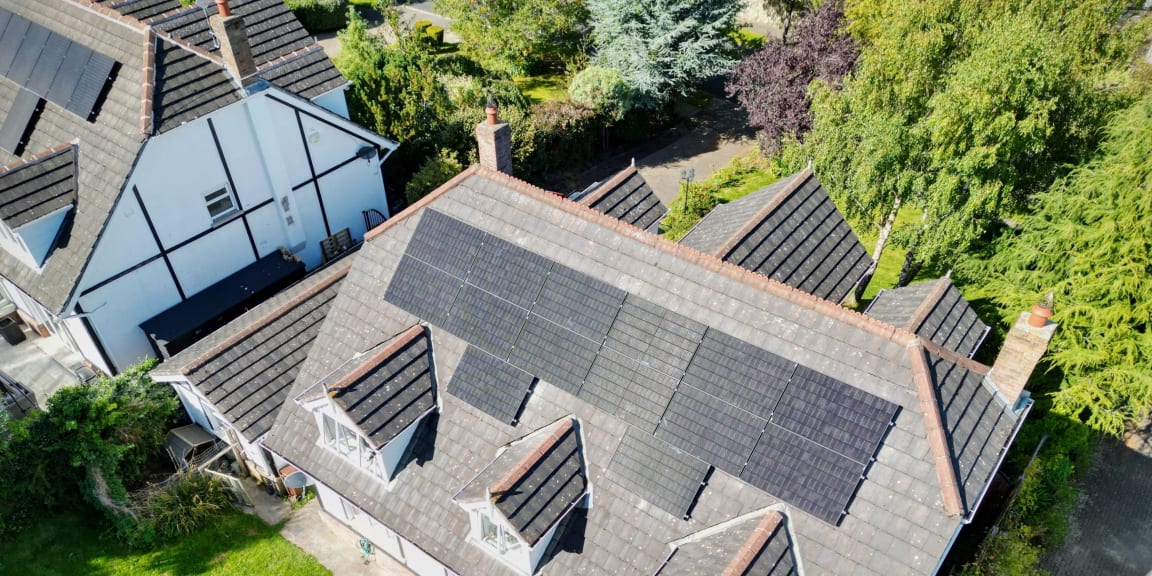
Ireland aims to shift to a global leader in the solar generation movement.
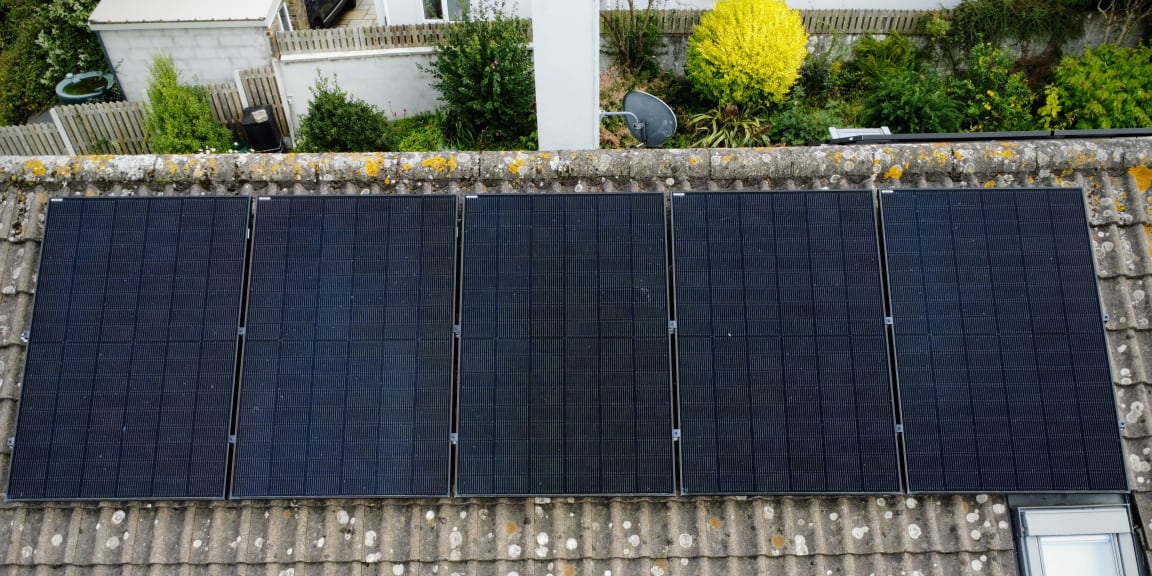
We want to help Ireland go green. Here's how we've done in 2023 and 2024.
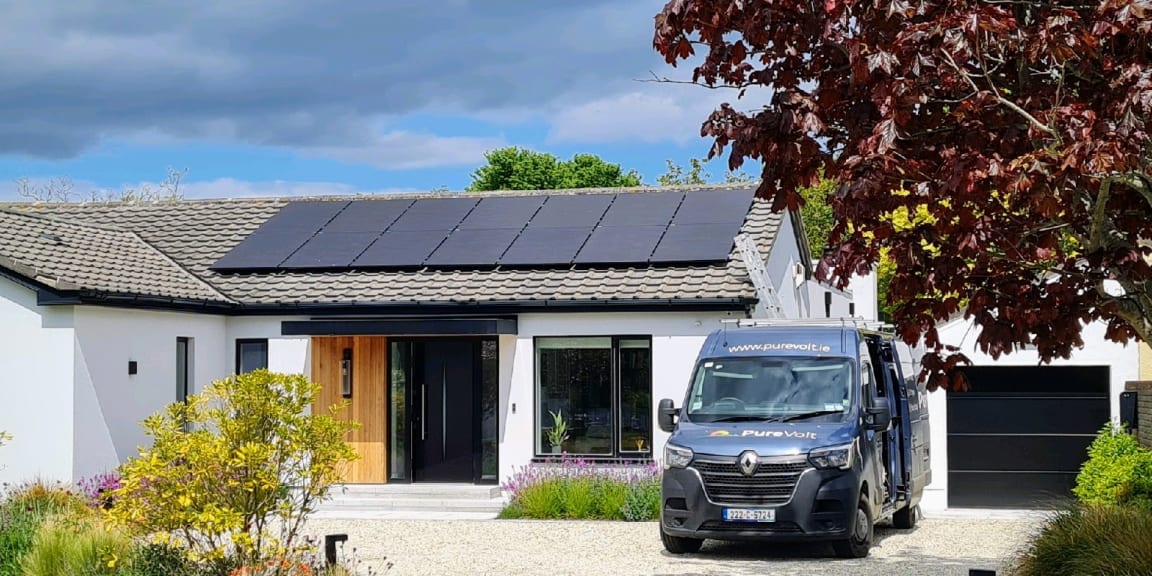
The ultimate guide to PV solar panels (the ones that generate electricity).
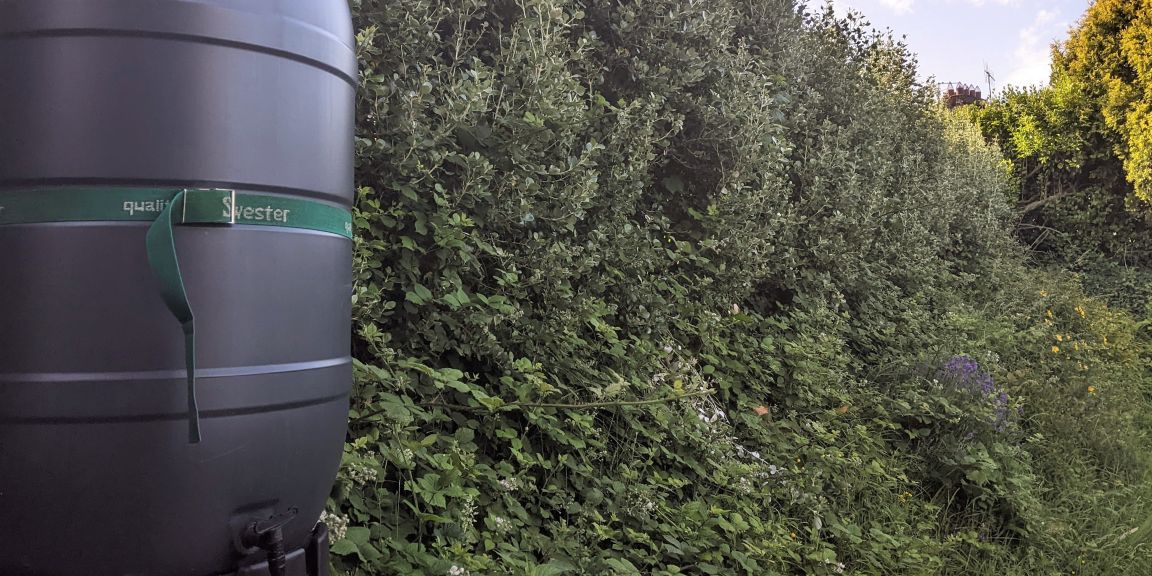
Costs and results: a one-man mission to slash the carbon footprint at home.
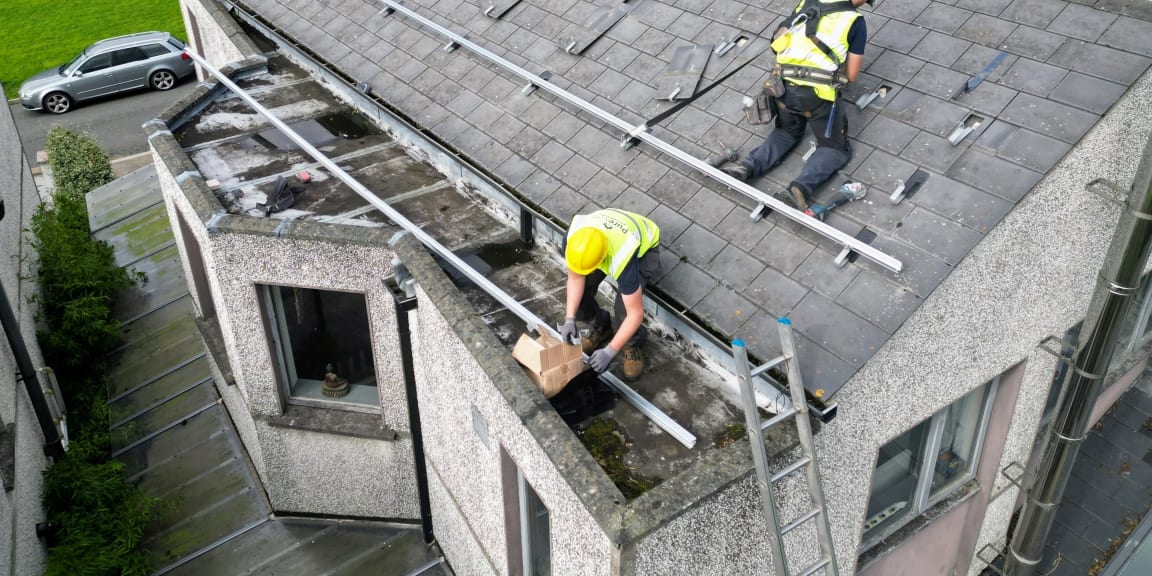
In-depth: the optimal angle and orientation of your roof for solar panels.
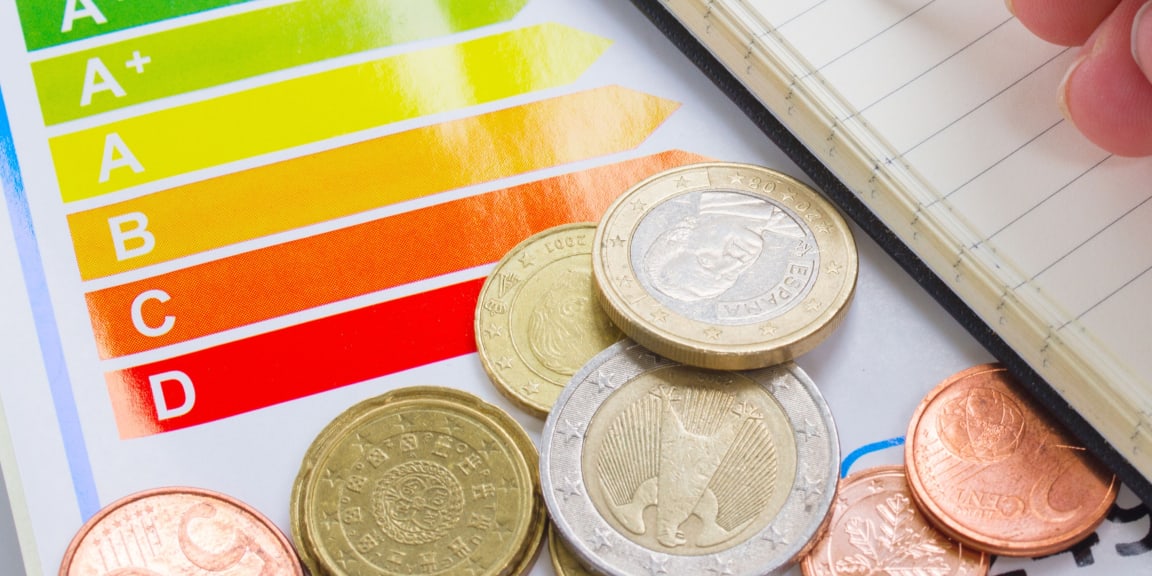
The ultimate solar battery savings calculator. Will a PV battery save you money?

Our step-by-step guide to completing your SEAI solar PV grant application [2025].
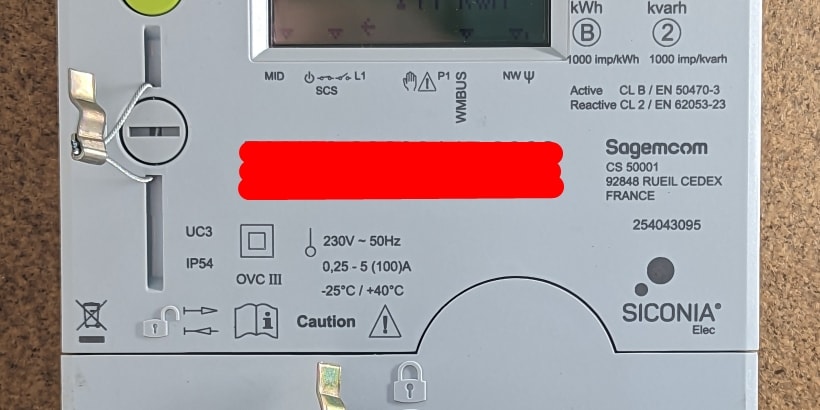
How to save big money using smart meter plans, solar panels and solar batteries.
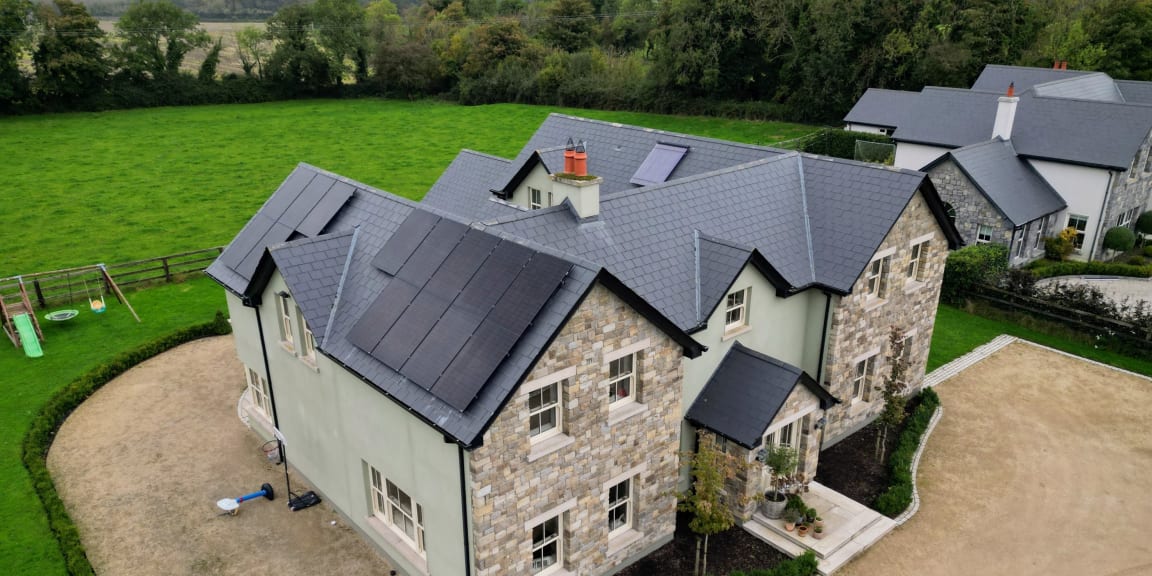
The 2025 calculator: find out how many solar panels are right for your house.
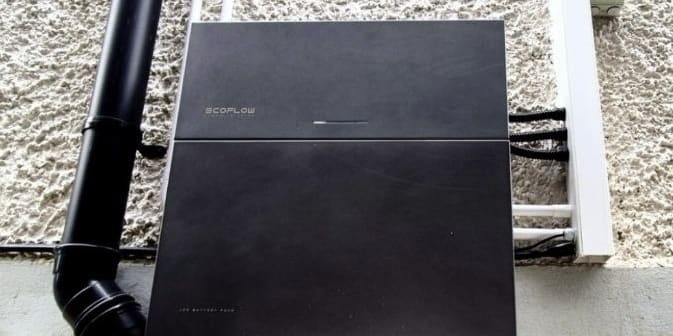
Q&A: what are solar inverters, what do they do and why do you need one?

Solar installations 101. A no-nonsense guide to solar jargon and terminology.
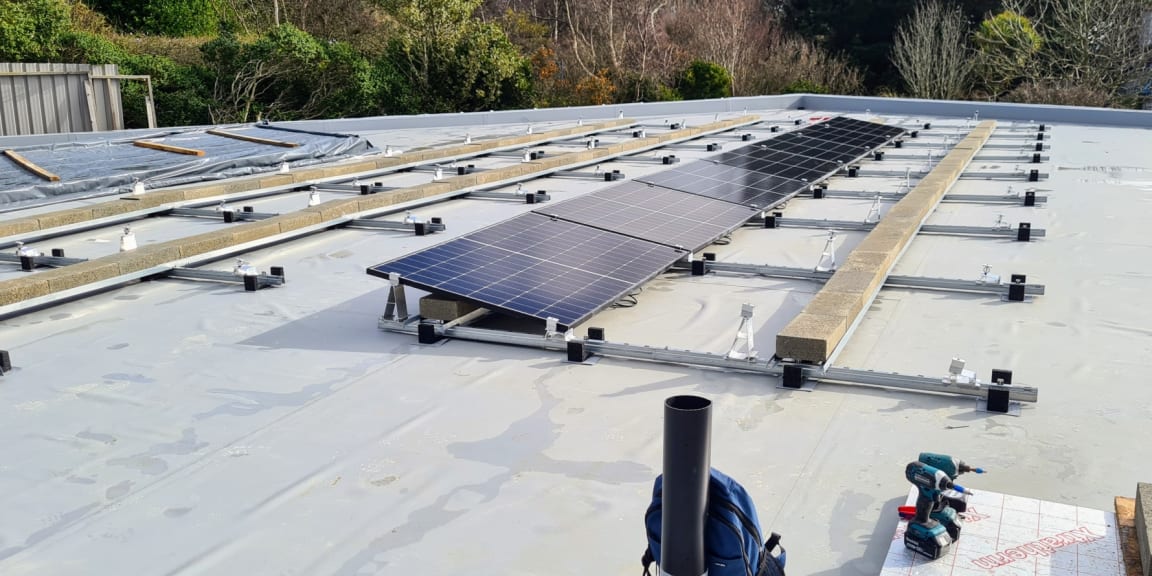
What you need to know about how solar panels are fixed to your roof.

What solar panels cost & what you'll save, both in Euros and CO2 footprint
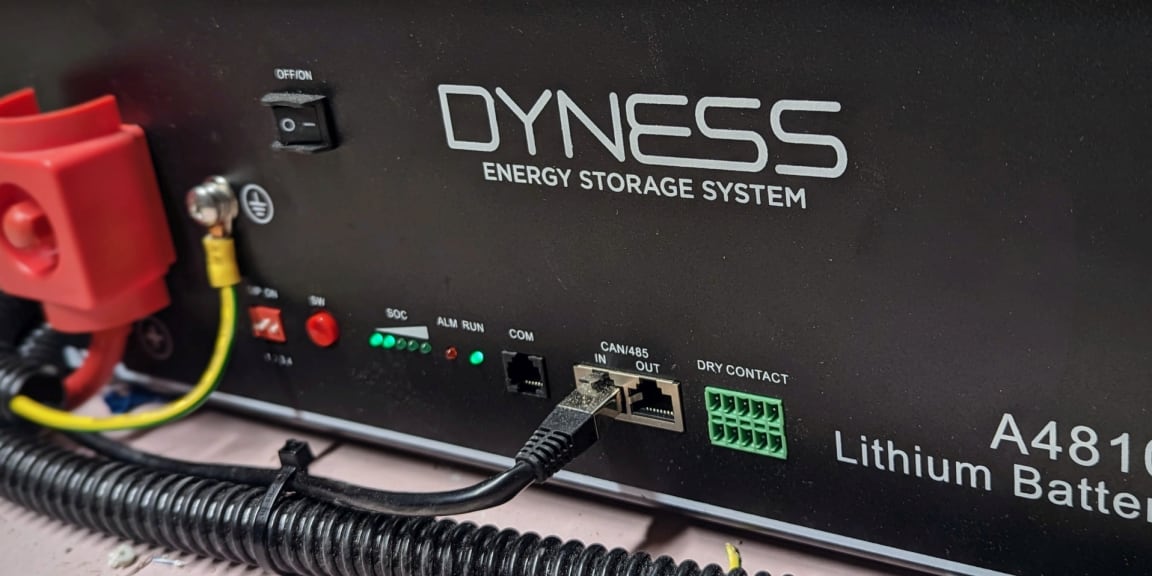
Pros and cons of storage batteries, what they cost, case studies and more.

All about the VAT rate on domestic solar panel supply and installation (0%).

Running your house from solar power during a power cut.
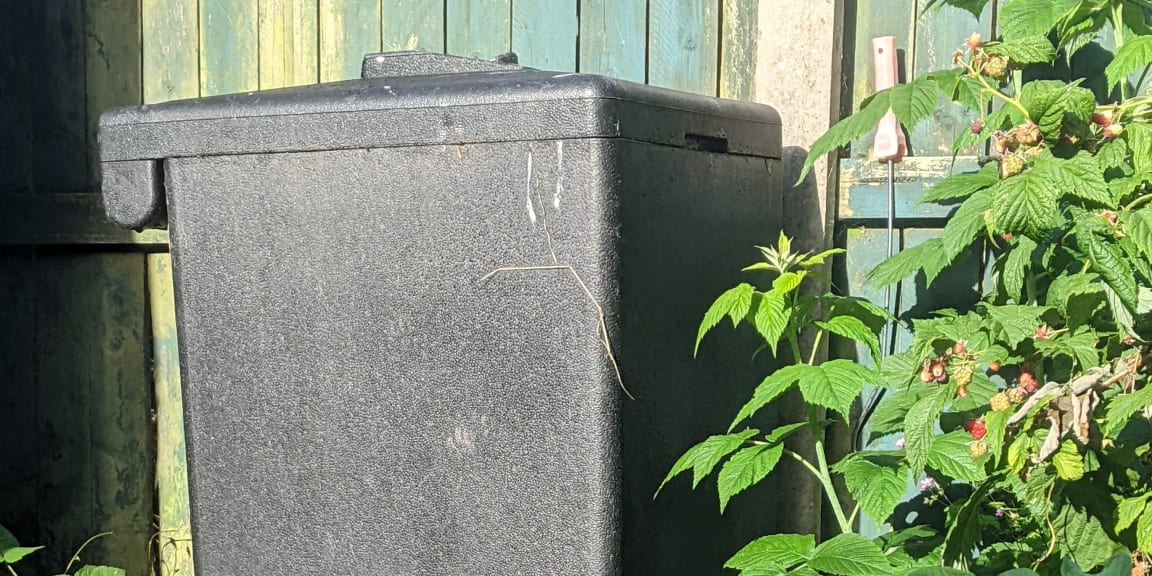
At look at the options available in Ireland for disposing of your food waste at home.